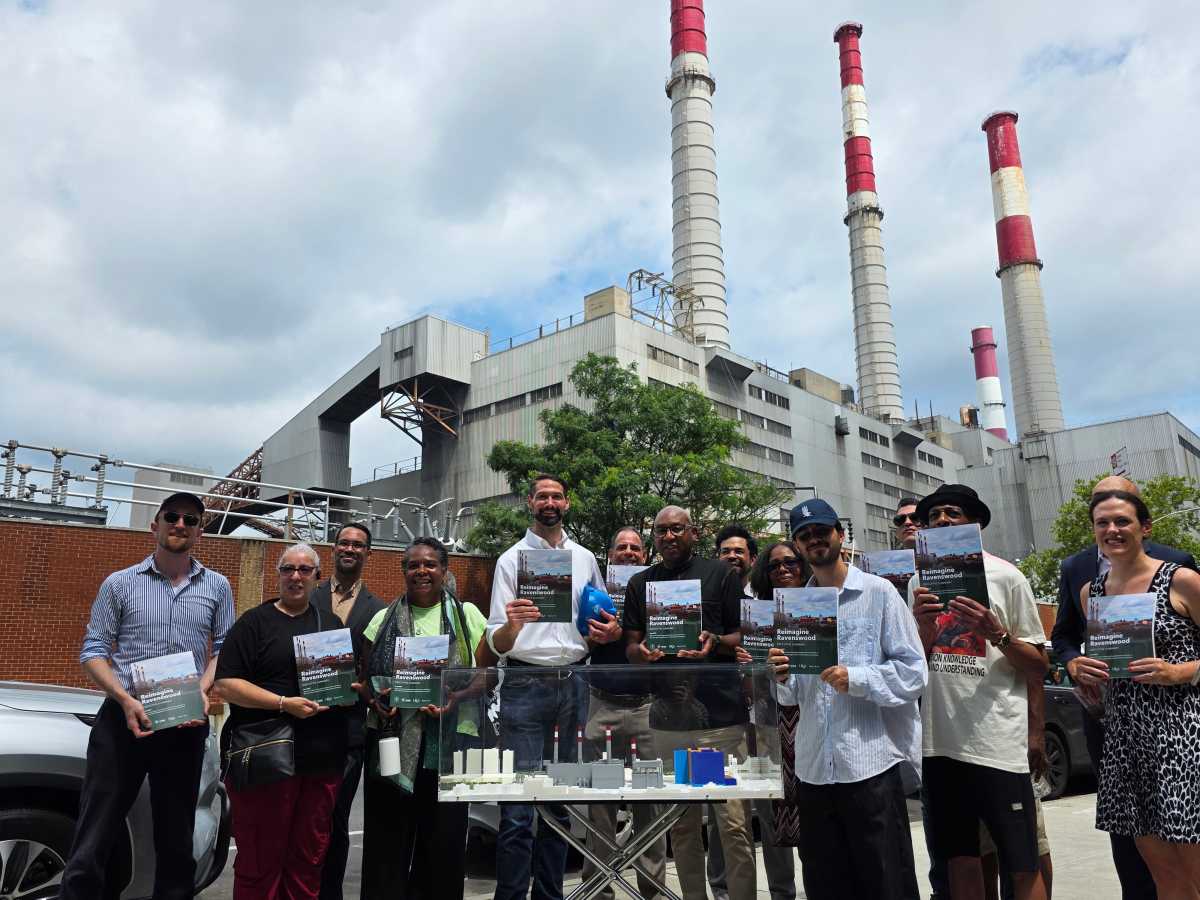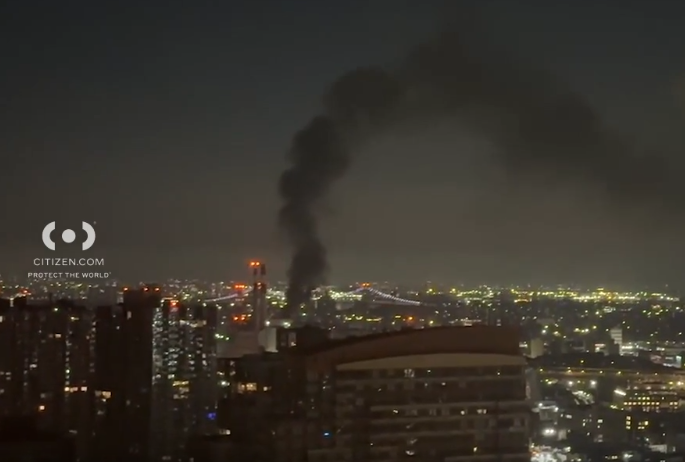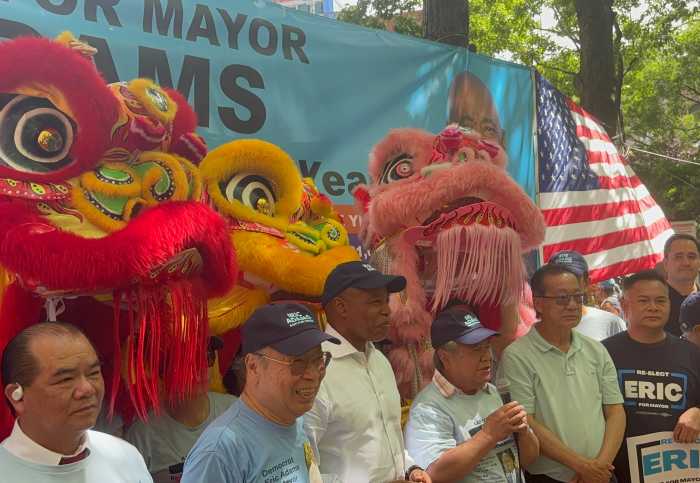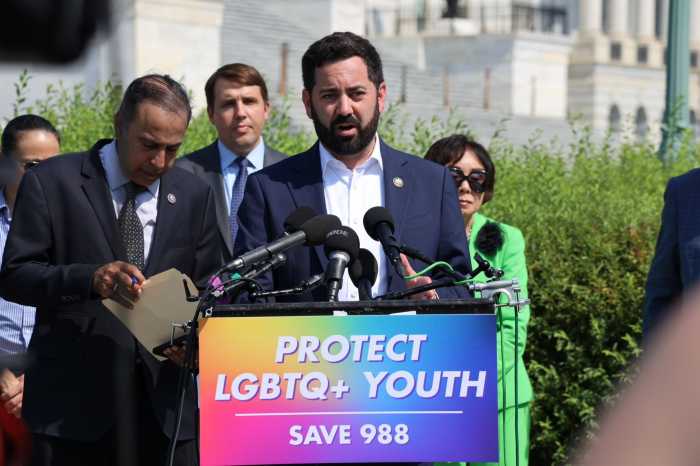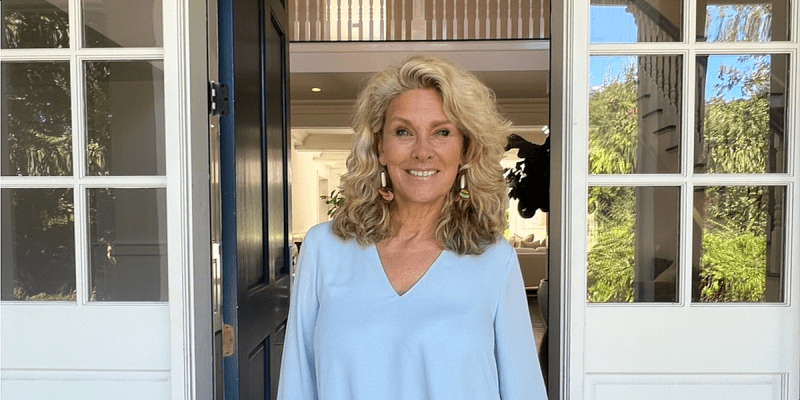Standing in the shadow of the Ravenswood Generating Station smokestacks, Queens Borough President Donovan Richards joined city officials, local advocates and representatives from Rise Light & Power Thursday to launch the Reimagine Ravenswood Neighborhood Plan, which aims to provide opportunities for the local Queensbridge community during the transformation of the fossil fuel plant into a clean energy hub.
Richards joined officials and advocates outside the 27-acre generating station at 38-54 Vernon Blvd. on July 17 to launch the “historic” neighborhood plan, which promises to create “green energy jobs” and public amenities for the local community throughout the transformation of Ravenswood.
Richards noted that just 2% of residents living in the nearby Ravenswood and Queensbridge Houses work in the local community and said the transformation of the generation station creates “real economic opportunity” for local residents in addition to public amenities and access to the East River waterfront.
The generating station, which provides up to 20% of the city’s power, was built by Con Edison in 1963 and stands as the largest power station in New York City. Rise Light & Power, formed in 2020 to focus on the long-term redevelopment of the station, proposed converting the fossil fuel-power station into a clean energy hub as part of “Renewable Ravenswood,” first outlined in 2022.
The proposal aims to transition from fossil fuels to renewable sources, including off-shore wind, solar power and battery storage.
Rise Light & Power CEO Clinton Plummer said Thursday that the organization is now investing in advancing permits at the city, state and federal for the project but noted that similar projects have taken several years to obtain all necessary permits.
Richards, meanwhile, did not give a timeline for the transformation of Ravenswood, but said it would be a “struggle” for many years.
“Without struggle, there can be no progress,” Richards said Thursday. “There’s going to be a lot of struggle here in the days ahead.”
Richards said Thursday’s event marks the “laying out of a blueprint” toward transforming the Ravenswood Generating Station and ensuring that the local Queensbridge community benefits from that transformation. Both Richards and Plummer said they were not concerned by President Donald Trump’s January memorandum temporarily preventing areas in the Outer Continental Shelf from being leased for new or renewed wind energy projects.
Richards and Plummer both noted that projects similar to Renewable Ravenswood take up to a decade to complete and span multiple presidencies.
Richards, meanwhile, added that the transformation of the generating station will help transform Queensbridge from “Asthma Alley into Renewable Row.”

Richards said the generating station is directly responsible for uncommonly high levels of asthma in the Queensbridge Houses community, describing the plant as one of the city’s “biggest fossil fuel polluters.”
“If you’re curious how this part of Queens got its nickname asthma alley, all you have to do is look up,” Richards said. “There couldn’t be darker visual in this borough than this power plant powering over public housing residents.”
He added that positioning the 27-acre plant beside the largest public housing complex in the country was a “stark” example of environmental racism.
“We’re here today because we finally are righting this wrong. We’re here today to celebrate environmental justice for the families of western Queens and for our climate as a whole,” Richards said Thursday.
Plummer said the plan was “not just about energy” but about uplifting the local community through equity, opportunity and transformation.
Rise Light & Power officials said Thursday that the organization will retain 70% of the existing 27-acre site as energy stations, with the remaining 30% to be converted into public activity spaces and “opportunity sites” that will be developed based on input from the local community.
The neighborhood plan will also provide access to the Long Island City waterfront at Ravenswood, which has historically been blocked by the generating station.
The plan is based on a community-centered planning study conducted by consulting firm HR&A Advisors launched in March 2024 to solicit feedback from members of the local community.

HR&A partner Jose Serrano-McClain said the plan is an opportunity to integrate environmental and economic justice at Queensbridge Houses in a manner that is community-driven.
Officials said Thursday that the plan is rooted in months of public engagement, dozens of stakeholder interviews and the guidance of a steering committee composed of residents, advocates and union leaders.
Costa Constantinides, executive director of Variety Boys and Girls Club of Queens and a former City Council Member who served as chair of the Council’s Environmental Protection Committee, described the plan as a “blueprint” for the local community.
“Just coming here today, you can see the disinvestment in our neighborhood,” Constantinides said.
Constantinides said there is a need for “true investment” in disadvantaged communities that helps tackle high rates of asthma in the community while also providing economic opportunities for local residents.
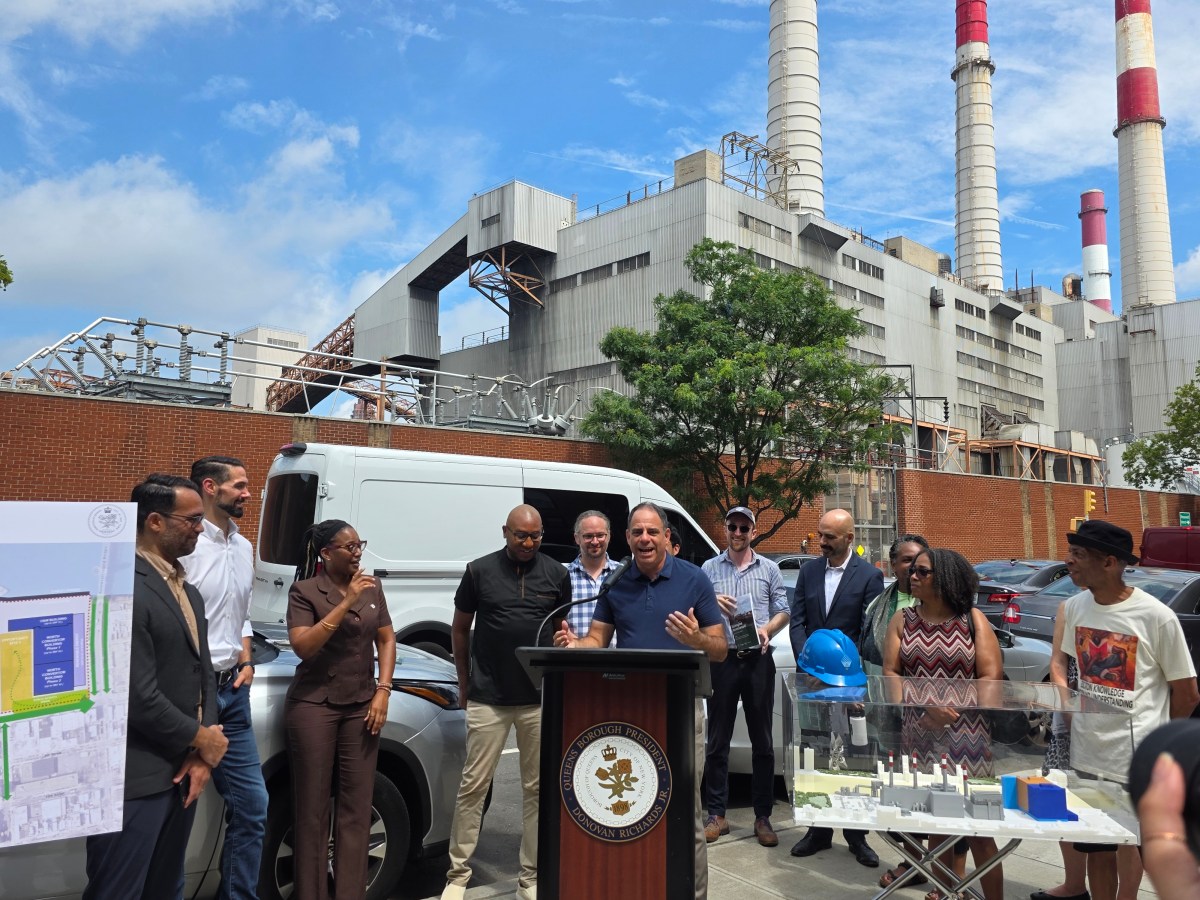
He added that the Reimagine Ravenswood plan aims to uplift all members of the local community, “not just those who live in the high rises,” and said the transformation of the generating station will remove the four smokestacks from the skyline within his lifetime.
Rise Light & Power officials said the smokestacks should be removed by around 2040 as the station transitions to renewable power.
Chris Hanway, executive director of the Jacob A. Riis Neighborhood Settlement, said the plan will have a “transformational impact” on the local community.
“This plan presents a bold but attainable future for Queensbridge, for Ravenswood and for Western Queens,” Hanway said. “(It will provide) clean energy, good union jobs and vibrant public spaces for our residents who deeply deserve this type of environment. We’re tired of being known as ‘Asthma Alley.’ We’re tired of being known as a place of poverty, because that’s not the real story.”
Frank Morales, president of Utility Workers of America Local 1-2, which represents the workers at Ravenswood Generating Station, said renewable energy projects should be viewed as the “future.”
“We have a responsibility to move forward projects like this in order for the city to be sustainable,” Morales said.
Meanwhile, Richards also referenced a recent fire that broke out at a Con Edison facility adjacent to the Ravenswood Generating Station on Wednesday morning, sending thick black smoke over Western Queens. He said the fire, which broke out at a Con Edison substation on Vernon Boulevard, offered further proof of the need to transition away from fossil fuel sources.
Richards said Thursday’s press conference had already been planned long before the fire broke out on Wednesday.
“It’s toxic,” Richards said of the fire. “It puts it all into perspective… those closest to the pain should be those closest to the plan, closest to the solution.”

